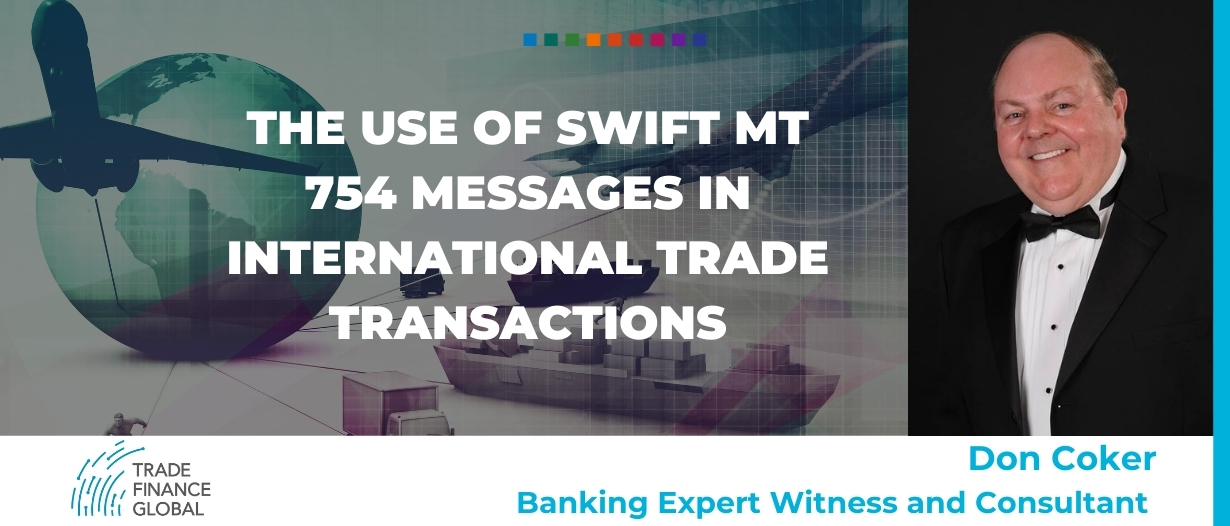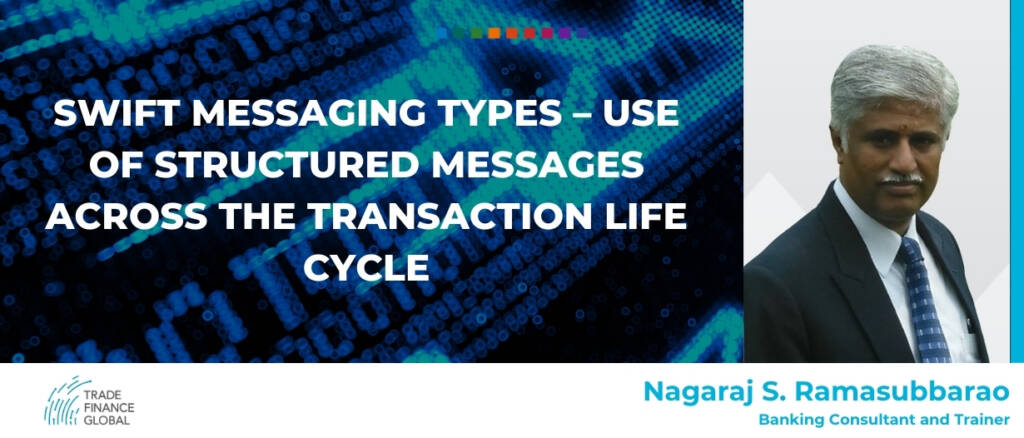Estimated reading time: 4 minutes
If your work involves international trade transactions, you will find that one of the most common and useful SWIFT Codes that you will encounter is SWIFT code MT 754.
Primarily due to its versatility, it is not surprising that SWIFT message format MT 754 is one of the most commonly used SWIFT messages encountered in international trade transactions since it advises parties that documents have been presented to the issuer of the message in accordance with the terms of a documentary credit, and are being forwarded as instructed, and also handles the payment and negotiation issues as well.
An MT 754 message also can be sent by the paying, accepting, or negotiating bank, or a bank making a deferred payment to an issuing bank.
MT 754 messages are often part of a letter of credit transaction, where a bank is providing a secure means for an exporter to sell its goods to an importer in another country.
It has been my experience that a great deal of confusion in these transactions often comes from some parties simply not knowing the correct nomenclature to identify other parties to an international trade transaction.
So, let me simplify that right here:
- The Exporter is the seller of the goods, and its bank is referred to as the Remitting Bank, since it remits the proceeds of the purchase to the Seller/Exporter.
- The Importer is the buyer of the goods, and its bank is referred to as the Collecting Bank.
- An Advising Bank or Notifying Bank advises the Exporter or Seller (also known as the Beneficiary, since it is to receive the sales proceeds funds) that an Issuing Bank has opened a letter of credit for an Importer or Buyer that will transfer the funds that pay for the goods being purchased.
What makes an MT 754 message so important is that its transmission confirms to the parties that the documents were received and that they comply with all the requirements in order for the transaction to proceed.
Therefore, receiving an MT 754 message citing compliance of the documents, etc., green-lights the sale and export-import transaction to proceed.
In one case I observed, an MT 754 message was sent by the presenting bank that the documents were accepted and the transaction could go forward, and the issuing bank was bound to honour the transaction, notwithstanding the discovery of the inferior quality of the goods that were shipped.
My understanding is that the transaction would have to go forward unless the issuing bank received a court order or injunction preventing the payment.
Clearly, if something like this happens, it’s time to involve the attorneys.
SWIFT messages are encrypted, so they are very secure and difficult to hack.
In financial services and international trade businesses, SWIFT messages are considered “industry standard” means of communicating among the various parties to an international trade transaction.
It is considered the safest communication method available for international trade transactions.
I have seen numerous international trade transactions that are delayed, sidetracked, or killed completely due to a lack of understanding on the part of one or both parties to the transaction.
If you are ever involved in an international trade transaction where you have questions about what is taking place and what needs to take place in order for the transaction to be completed, do not hesitate to initiate an inquiry by telephone or email in order to clarify what is going on and what needs to happen in order for the transaction to be completed.
Keep a log of your actions that you take in order to clear up any confusion since this will be important if any legal action is required.
Simply making a call or sending an email is greatly preferable to proceeding into a murky transaction that you later have to unscramble.
A comprehensive list of SWIFT Codes can be found here.


































